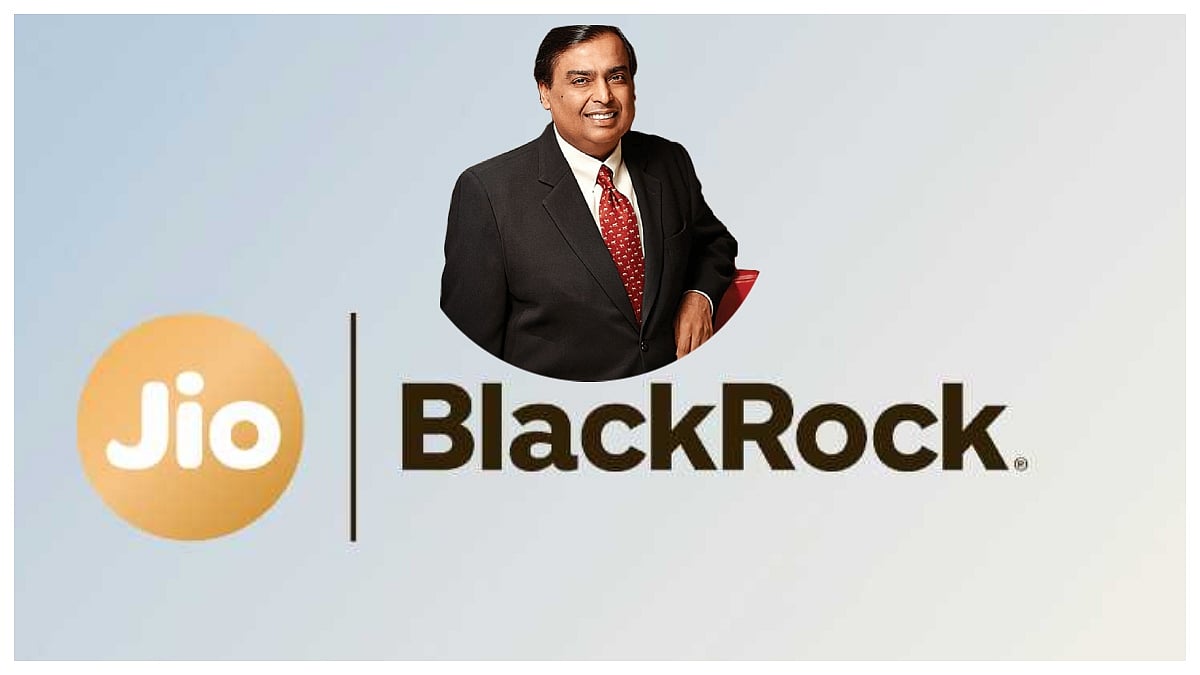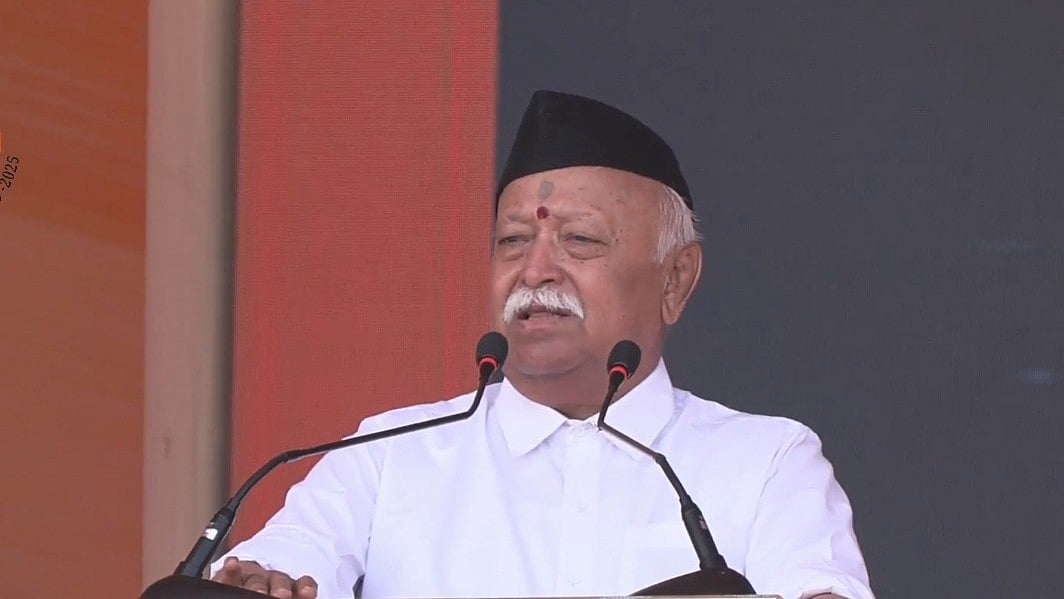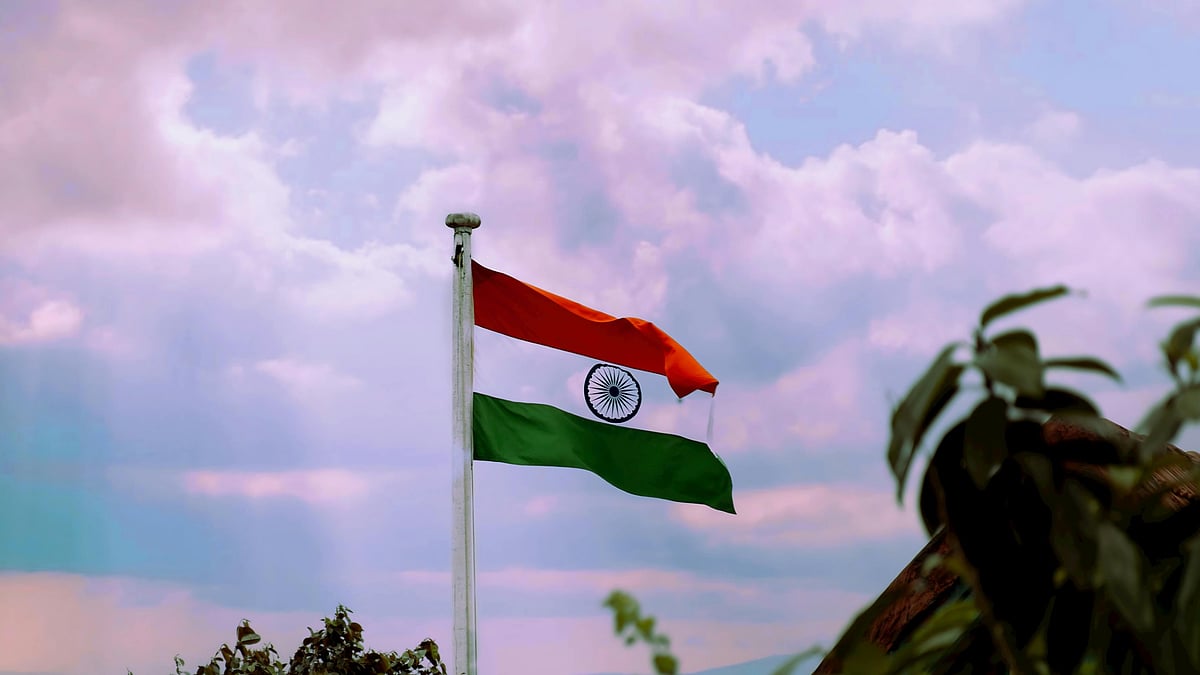Intrigue is added to an otherwise uneventful Lok Sabha elections in Uttar Pradesh where it looked all but certain that the BJP would face no serious challenge. That is no longer the case. On February 25, Samajwadi Party chief Akhilesh Yadav joined Congress leader Rahul Gandhi's Bharat Jodo Nyay Yatra in Agra in Uttar Pradesh. The show of strength by the two I.N.D.I.A bloc parties was a direct challenge to the Bharatiya Janata Party’s Narendra Modi-Yogi Adityanath duo in the state before the upcoming general elections.
In UP, the SP has allocated 17 out of the 80 Lok Sabha seats to the Congress. The Congress will contest from Rae Bareli and Amethi, once considered strongholds of the Gandhi family, and Varanasi, which is Prime Minister Narendra Modi’s constituency. The SP and smaller outfits like Chandrashekhar Ravan’s Azad Samaj Party will contest the remaining 63 seats.
The SP-Congress seat-sharing pact comes as a shot in the arm for the beleaguered I.N.D.I.A bloc, which has been rocked since Janata Dal (United) (JD(U)) leader Nitish Kumar and Rashtriaya Lok Dal (RLD) chief Jayant Chaudhary switched sides to join the BJP-led National Democratic Alliance (NDA). The RLD’s influence in Western Uttar Pradesh and its command over a section of the Jat vote bank in a few pockets of western UP could adversely impact the Opposition bloc. Furthermore, former SP national general secretary Swami Prasad Maurya’s departure to form his party, the Rashtriya Shoshit Samaj Party, adds another layer of complexity in UP’s politics. Maurya’s move could attract former functionaries of the SP and challenge Yadav’s influence, particularly among certain demographics.
The Congress’ focus on the Other Backward Classes (OBCs), the Dalits, and the Muslims, who have traditionally been the vote base of regional parties, is notable. It is unclear if this Congress outreach was an attempt to join ranks with its I.N.D.I.A allies in UP and Bihar, or meant to win back its traditional vote base.
Since being routed by the BJP in the 2014 Lok Sabha polls, the Opposition in UP has forged all possible political combinations — the 2017 assembly polls saw the SP-Congress combine where the Gandhi-Yadav duo were referred to as “UP ke ladke”; the 2019 Lok Sabha polls saw the SP-Bahujan Samaj Party (BSP) combine, and; in 2022, all major Opposition parties fought independently against the BJP.
The indication that the Muslims are looking at the Congress as a political alternative to the SP can be felt as Gandhi’s BJNY has gained traction in UP’s Muslim pockets, and, earlier, in the shift of minority votes towards the Congress in the 2023 urban local body elections in UP. This most likely set the alarm bells ringing within the SP, forcing it to rethink.
Yadav did not want to lose the Muslim votes after receiving overwhelming support from the minorities during the 2022 assembly polls, which became one of the main reasons for the SP-led alliance winning 125 seats. Muslims account for 19% of UP’s population, and their voting behaviour is likely to define the outcome on around 24 Lok Sabha seats with a 20-50% Muslim population directly and many other closely contested constituencies. Consolidation of the Muslim votes would be more beneficial for the SP than for the Congress, as the national party has already lost its vote base in previous polls year after year.
For the SP, with loyal Yadav voters, adding Muslim votes would give it an advantage on several seats such as Sambhal, Badaun and Moradabad, among others. After adding several allies and leaders from the non-Yadav OBC castes, the SP also hopes to win over significant Dalit votes, especially those who have drifted away from the BSP because of Mayawati's political inactivity.
The Congress was more eager to rope in the BSP than the SP, with the strategy to win back the Dalits, who form around 21.6% of UP’s population. Such an alliance could have upset the BJP’s chances in 17 constituencies across the state which has a decisive Dalit presence. Additionally, the Congress aims to forge a Dalit-Muslim alliance along with non-Yadav OBCs, as Gandhi has almost owned the caste census plank. I.N.D.I.A bloc managers are still hopeful that the SP-Congress alliance might lead to Mayawati rethinking her stand of going alone this election. The SP-Congress alliance will also boost the chances of the grand old party in Rae Bareli and Amethi, which have Yadav voters in good number.
The SP-Congress alliance will help in swinging the Muslim votes towards it in an assertive manner. The BJP, which until now was complacent about winning around 70 of the 80 seats, will sit up and take notice of this development. The alliance will indeed challenge the BJP in areas like west UP and in a few pockets of Purvanchal such as Azamgarh, Ghazipur, Jaunpur, Ballia, and Ambedkar Nagar.
Gandhi has been very vocal about the caste census and majority rights during his padyatras, with the aim to rebuild the traditional winning combination by breaking the overarching Hindutva and beneficiary politics of the BJP.
The evolving political landscape, marked by Maurya’s new political party and the RLD aligning with the BJP, introduces new dynamics that both the Congress and the SP must navigate as they prepare to face the BJP in the elections. Along with the Muslim and the Yadav votes, the SP-Congress alliance hopes to win the support of the OBCs — the Kurmi, the Shakya, the Saini, the Maurya, and the Kushwaha voters. These strategic shifts underscore the fluidity of political alliances in UP, and the continuous realignment of forces in anticipation of the electoral battle ahead. Trying to recover from the election debacles in the 2022 assembly and later urban body polls Akhilesh Yadav coined the formula of a PDA (Pichda, Dalit, Alpsankhyak which includes backwards, Dalits and minorities. Factors like agrarian issues, inflation, joblessness are the major issues among these communities and it is this which has been picked up by Akhilesh despite BJP and its allies commanding a sizeable share of non Yadav, OBC and non Jatav votes votes. The million-dollar question is, can the Congress-SP alliance slow down the BJP tornado which is surcharged with religious overtones of the Ram temple? Akhilesh and Rahul together have put up a stiff challenge for Modi and Yogi who no longer can remain complacent. There are strong signs of shifting sands on the political landscape of Uttar Pradesh, and if BSP chief Mayawati joins the PDA bandwagon towards the fag end, no one can rule out a political earthquake.
Neelu Vyas is a senior television anchor and digital content creator. Twitter: @neeluopines










